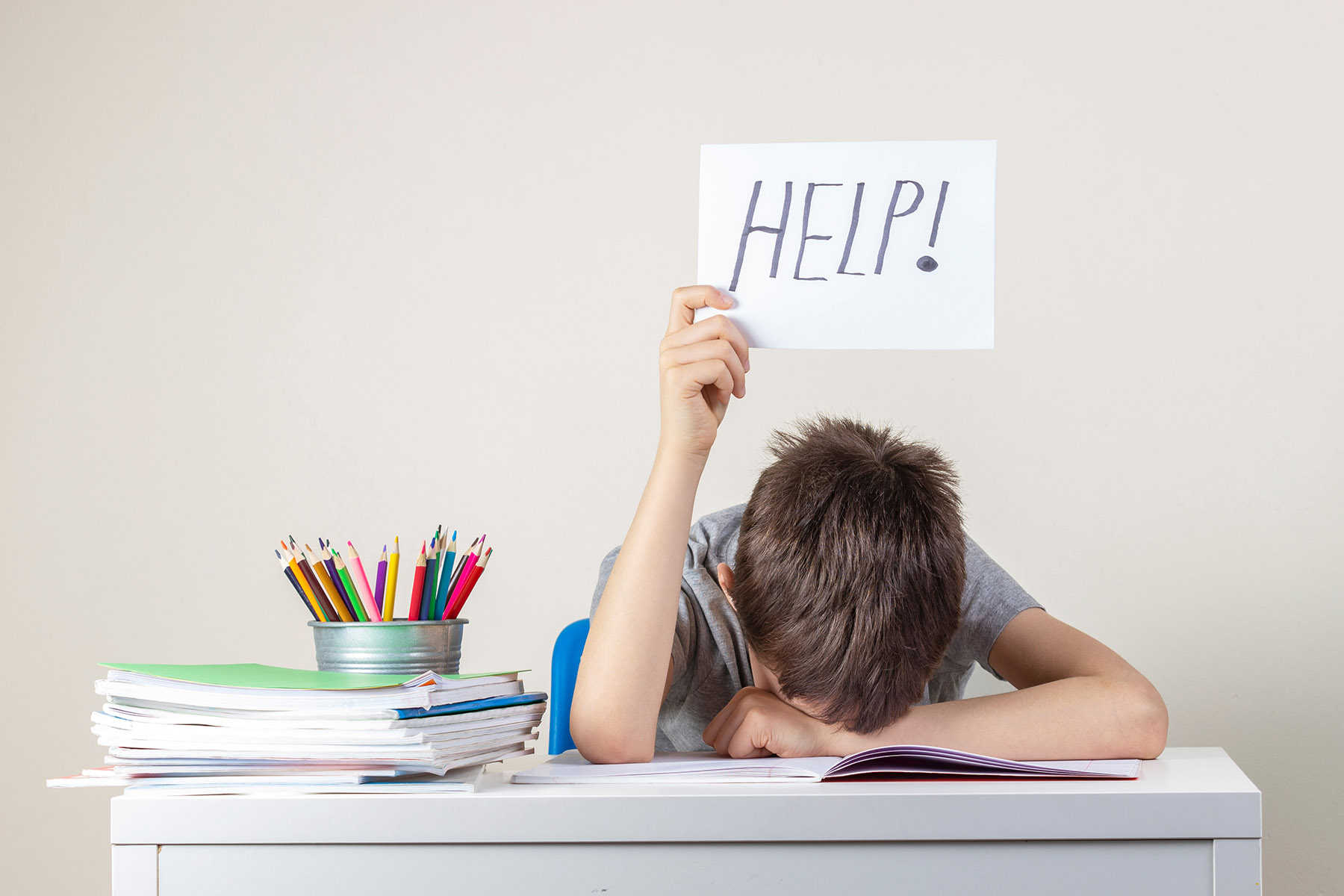LEARNING DIFFICULTIES
Each person is unique in the way they learn, process, and create. However, sometimes these differences are born out of structural and functional variances within the brain and can make certain tasks incredibly challenging to complete. “Learning difficulties” encompasses a wide collection of learning disorders and struggles experienced by individuals of all ages. How they manifest and affect an individual’s functioning varies from person to person. It’s important to remember that these difficulties say nothing of the person’s intelligence—in fact most folks with learning disorders are at or above average intelligence. There is usually one area of learning that is more affected than others, like reading, math, language, or writing. The most common learning disorders are typically broken into four categories: Dyscalculia (affects math comprehension and calculation), Dysgraphia (affects handwriting and fine motor skills), Dyslexia (affects reading comprehension and writing), and Oral or Written Language Disorder (affects language-based processing skills). But there are many other ways people struggle with learning outside of these diagnosable disorders. Over time, these struggles can influence how successful we are in school or work and our sense of confidence and self-worth.
